Size app.: 22.5 cm (roughly 8.9 in) high, 27 cm (roughly 10.6 in) wide, 11 cm (roughly 4.3 in) deep. Very good condition, age and usage wear plus tiny losses. Please study high-res pictures for cosmetic condition! In person actual item may appear darker or brighter than in our pictures, strictly depending on sufficient light in your environment. Weight of app. 2 kg it is going to measure some 3 kg packed for shipment.
Lars Magnus Ericsson began his association with telephones in his youth as an instrument maker. He worked for a firm which made telegraph equipment for the Swedish government agency Telegrafverket. In 1876, aged 30, he started a telegraph repair shop with help from his friend Carl Johan Andersson. The shop was in central Stockholm (No. 15 on Drottninggatan, the principal shopping street) and repaired foreign-made telephones. In 1878 Ericsson began making and selling his own telephone equipment. His phones were not technically innovative, as most of the inventions had already been made in the US. In 1878, he made an agreement to supply telephones and switchboards to Sweden's first telecom operating company, Stockholms Allmänna Telefonaktiebolag. Also in 1878, local telephone importer Numa Peterson hired Ericsson to adjust some telephones from the Bell Telephone Company. This inspired him to buy a number of Siemens telephones and analyze the technology further. (Ericsson had a scholarship at Siemens a few years earlier.) Through his firm's repair work for Telegrafverket and Swedish Railways, he was familiar with Bell and Siemens Halske telephones. He improved these designs to produce a higher quality instrument. These were used by new telephone companies, such as Rikstelefon, to provide cheaper service than the Bell Group. He had no patent or royalty problems, as Bell had not patented their inventions in Scandinavia. His training as an instrument maker was reflected in the high standard of finish and the ornate design which made Ericsson phones of this period so attractive to collectors. At the end of the year he started to manufacture telephones of his own, much in the image of the Siemens telephones, and the first product was finished in 1879. With its reputation established, Ericsson became a major supplier of telephone equipment to Scandinavia. Because its factory could not keep up with demand, work such as joinery and metal-plating was contracted out. Much of its raw materials were imported, so in the following decades Ericsson bought into a number of firms to ensure supplies of essentials like brass, wire, ebonite and magnet steel. Much of the walnut used for cabinets was imported from the US. As Stockholm's telephone network expanded rapidly that year, the company reformed into a telephone manufacturing company. But when Bell bought the biggest telephone network in Stockholm, it only allowed its own telephones to be used with it. So Ericsson's equipment sold mainly to free telephone associations in the Swedish countryside and in the other Nordic countries. The high prices of Bell equipment and services led Henrik Tore Cedergren to form an independent telephone company in 1883 called Stockholms Allmänna Telefonaktiebolag. As Bell would not deliver equipment to competitors, he formed a pact with Ericsson, which was to supply the equipment for his new telephone network. In 1918 the companies were merged into Allmänna Telefonaktiebolaget L. M. Ericsson. In 1884, a multiple-switchboard manual telephone exchange was more or less copied from a design by C. E. Scribner at Western Electric. This was legal, as the device was not patented in Sweden, although in the US it held patent 529421 since 1879. A single switchboard could handle up to 10,000 lines. The following year, L. M. Ericsson and Cedergren toured the US, visiting several telephone exchange stations to gather "inspiration". They found that US engineers were well ahead in switchboard design but Ericsson telephones were as good as any available. In 1884, a technician named Anton Avén at Stockholms Allmänna Telefonaktiebolag had combined the earpiece and the mouthpiece of a (by then) standard telephone into a handset. It was used by operators in the exchanges that needed to have one hand free when talking to their customers. Ericsson picked up this invention and incorporated it into Ericsson products, beginning with a telephone named The Dachshund.



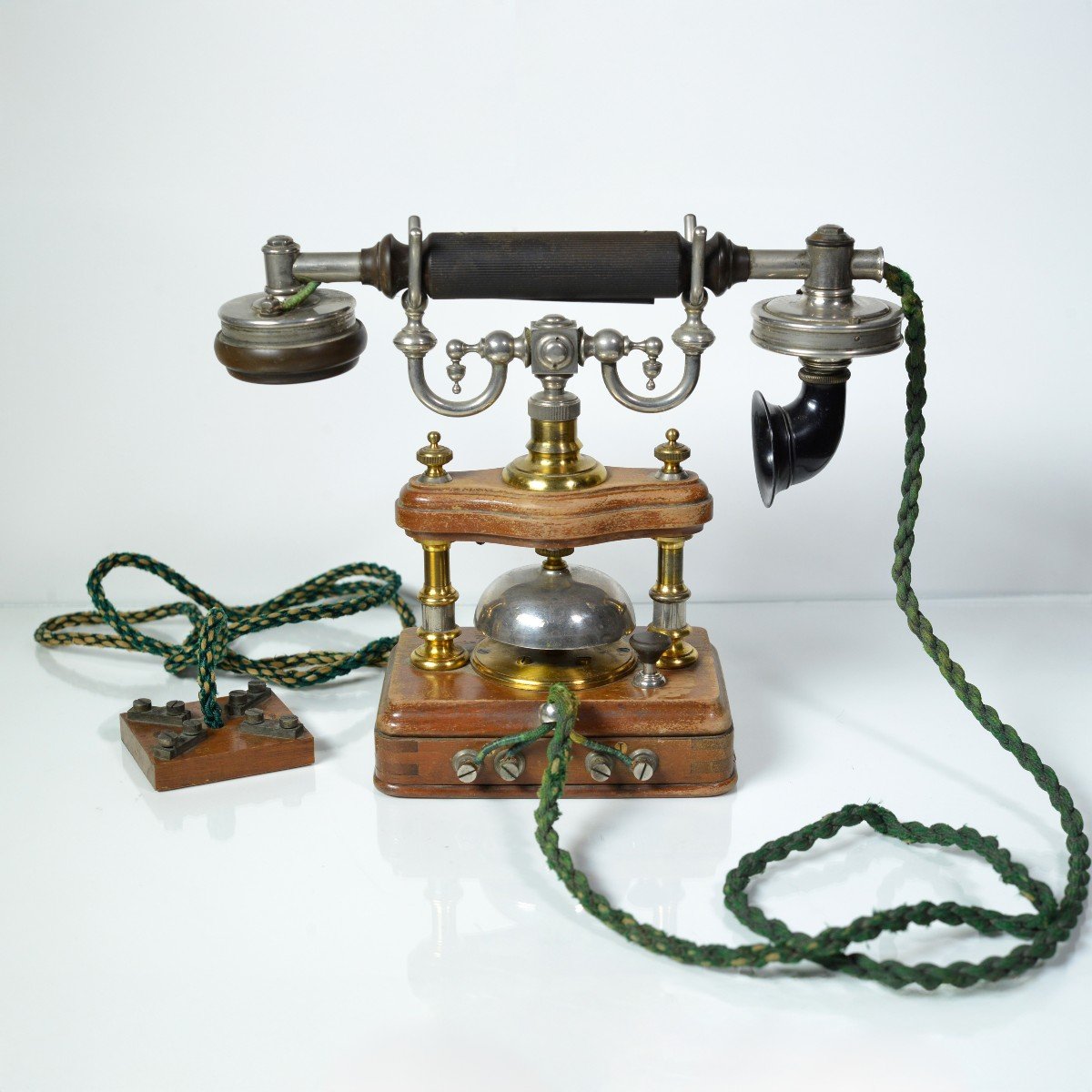






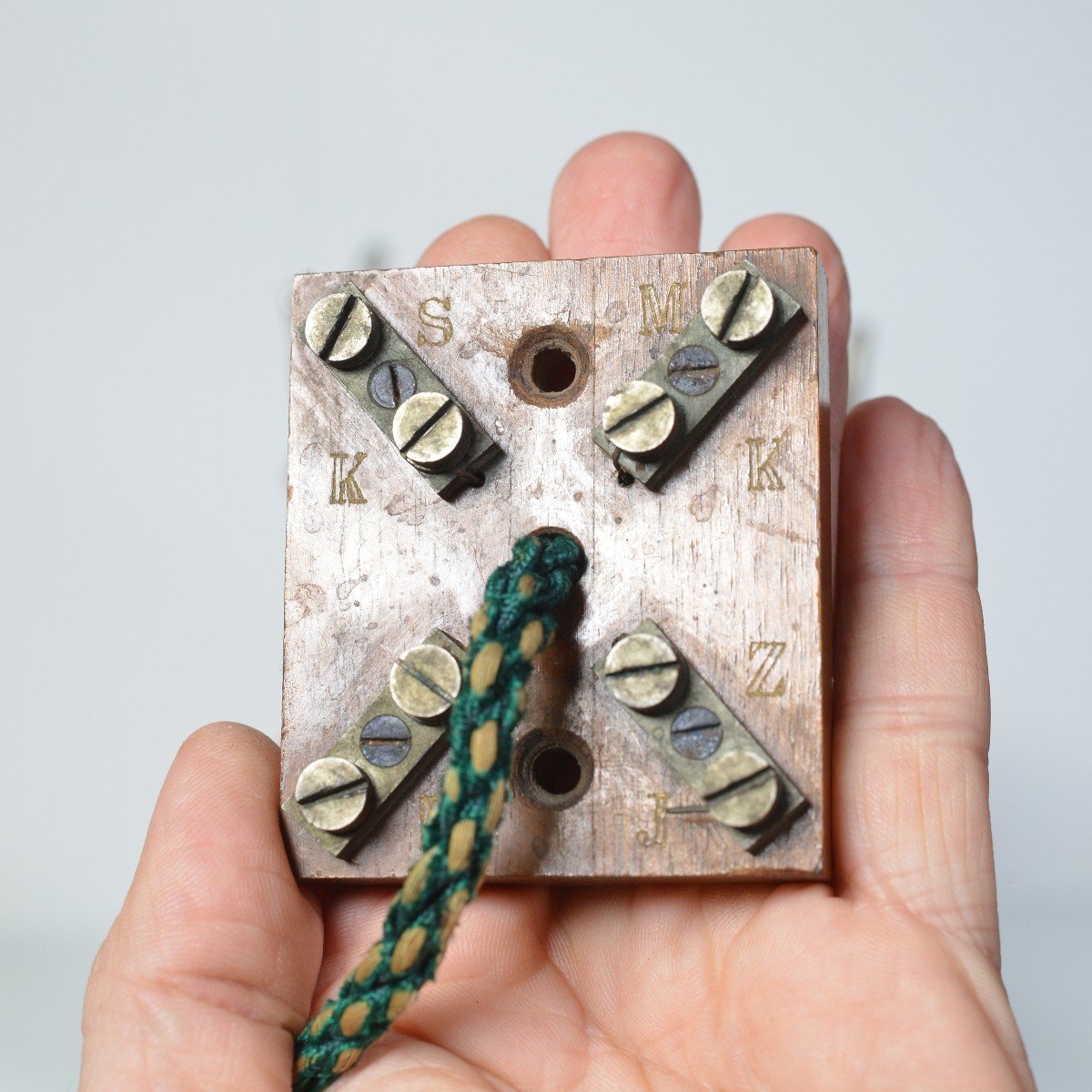











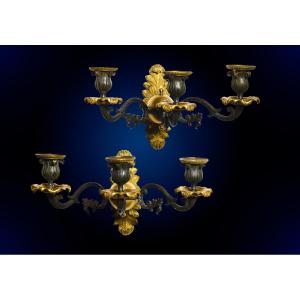
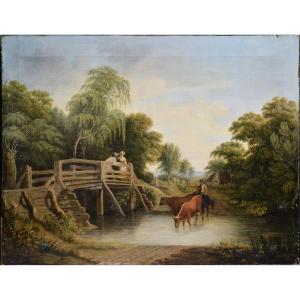

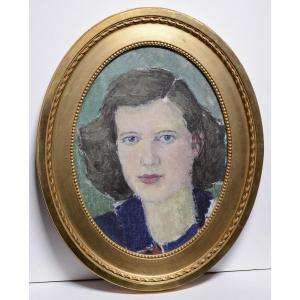

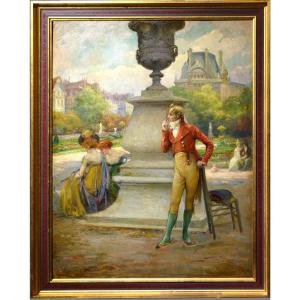
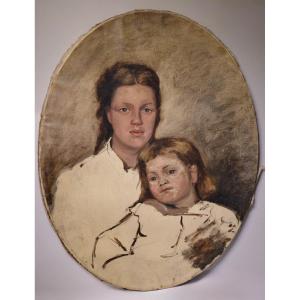

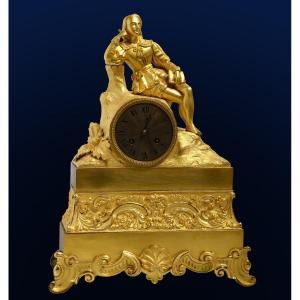




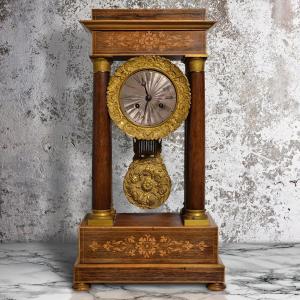








 Le Magazine de PROANTIC
Le Magazine de PROANTIC TRÉSORS Magazine
TRÉSORS Magazine Rivista Artiquariato
Rivista Artiquariato